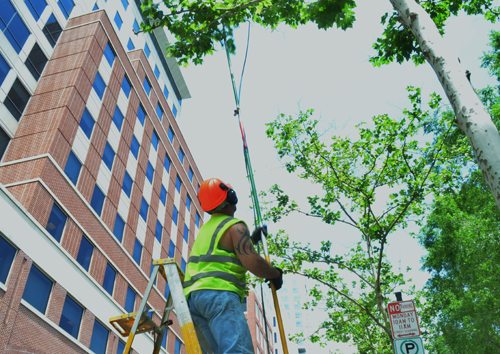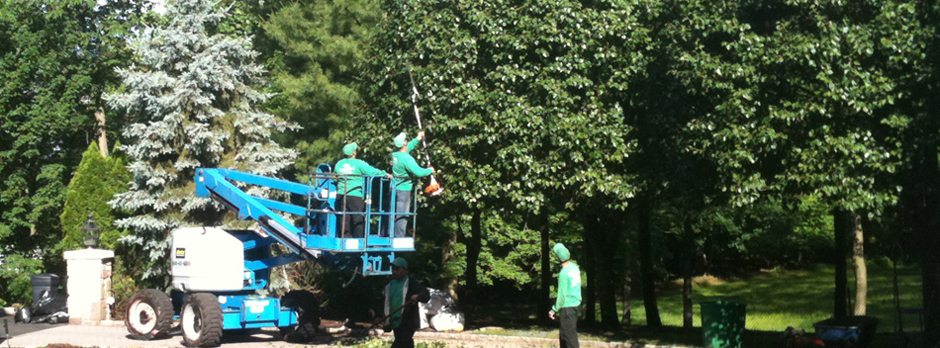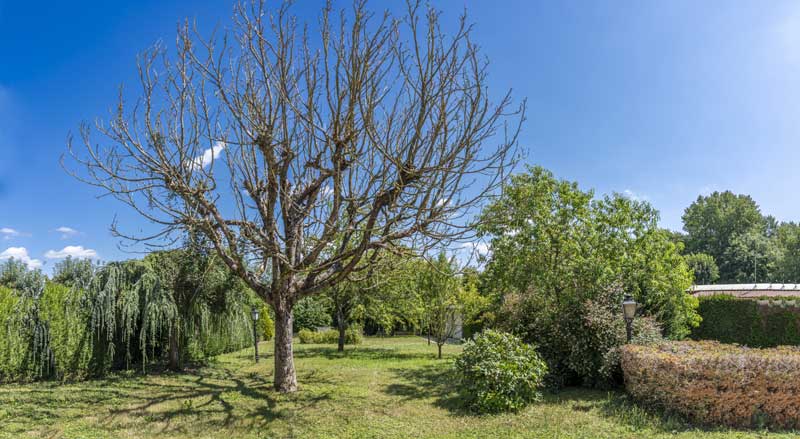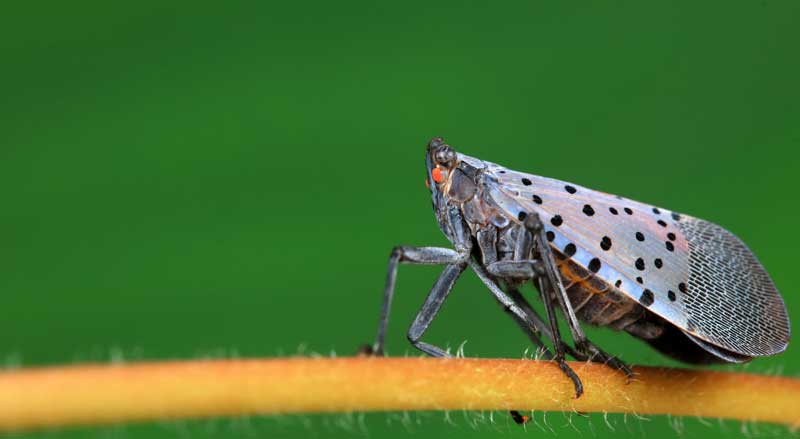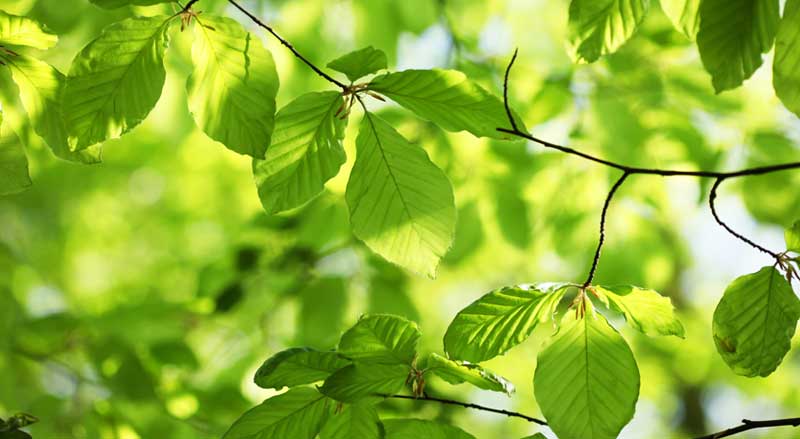Now is a great time for tree pruning and trimming. All the trees on your property should be assessed and dead, diseased, and dangerous branches should be removed. This is the time of year when deciduous trees are not using foliage to produce photosynthates, or energy. Pruning done during the dormant period prevents the removal of leaf surface, where energy is produced during critical growth periods. This allows the tree to use resources during the spring to develop new growth where leaves can be more efficient. When proper pruning standards are followed by a certified arborist, this can have an invigorating effect and improve the health of the tree.
Proper Tree Pruning is a Science
Proper pruning is an art, but actually it’s a science requiring both knowledge and understanding of a plant’s biological response to every type of intervention. Proper pruning and trimming of your trees to eliminate multiple leaders and weak branch attachments, will protect the tree from damage due to ice and snow. For trees with large wide-spreading leaders or large multi-stemmed trees, the main branches should be cabled together by a professional arborist.
A Certified Professional Arborist Will:
- Correctly identify objectionable branches to mitigate risk of future injury to family members, pedestrians, or damage to any of the valuable assets on your property
- Ensure that pruning is done according to ANSI A300 standards
- Ensure that a Certified Tree Care Safety Professional will be present
- Provide an up-to-date certificate of insurance
It is very important however to be careful to use the proper techniques and tools because improper pruning can actually injure or kill a tree. Proper pruning techniques are designed to remove the parts of a tree that are unhealthy or objectionable and increase the vitality of the tree and its life expectancy.

